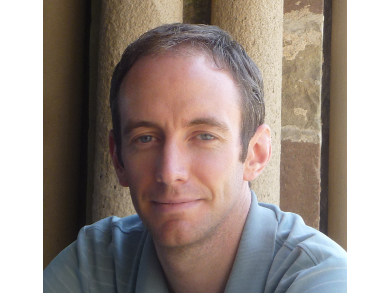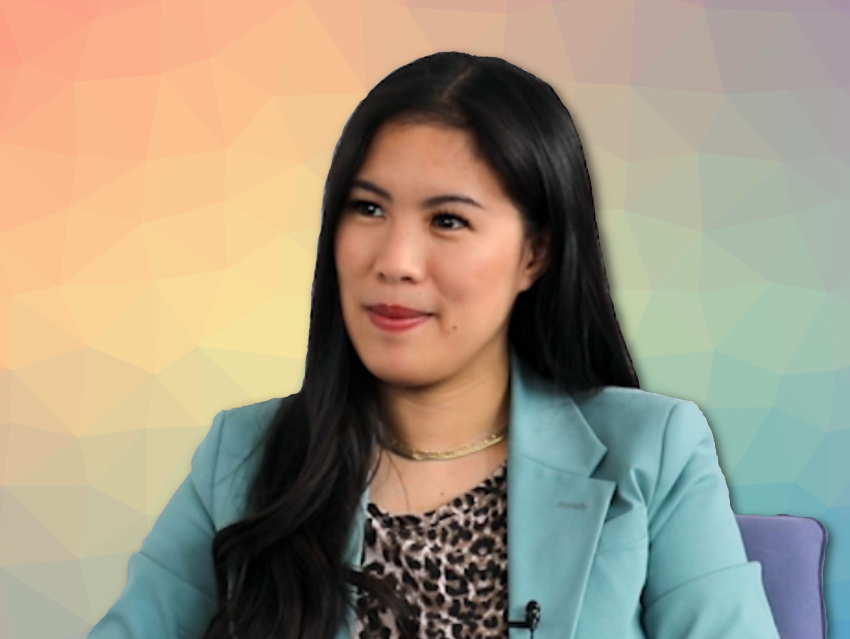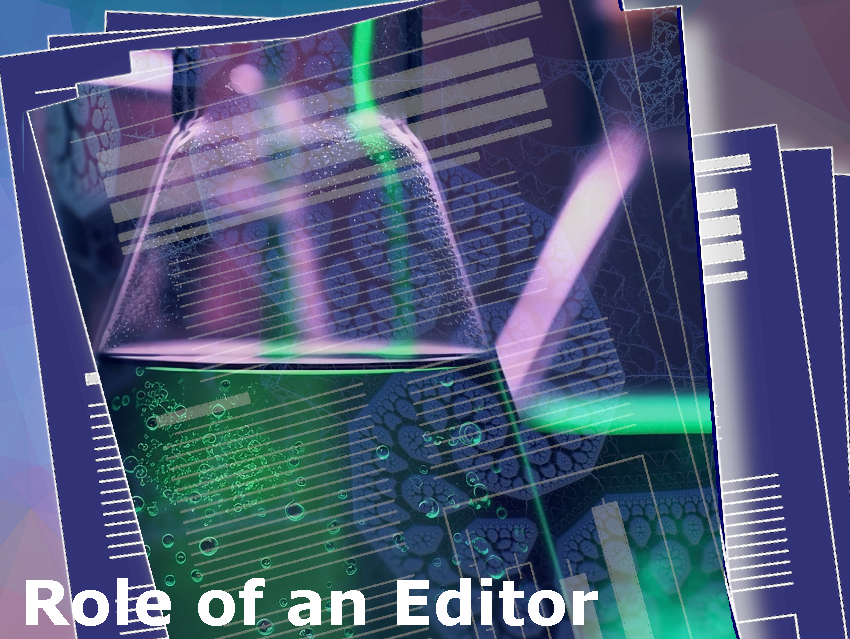Scientific Editor as a Career
This morning, after having a cup of coffee, I sat down to start my day as a journal editor. It occurred to me to document my journey as an “Editor” since I receive many queries about my responsibilities and the nature of my work.
My interest in this role began during my Ph.D. when I was submitting an article to a publishing house. I received several comments from the journal to correct figures and technical details. Additionally, they suggested enhancing the scientific quality of the paper by including more studies and applications. This was when I discovered that there is a team of scientifically sound graduates working behind the scenes to continuously improve the quality of published science. So, after completing my Ph.D. and postdoctoral research, I planned to join a publishing house and was fortunate enough to get an offer from Wiley as a full-time editor in the Peer Review Desk team.
I have ten years of research experience, working in labs, conducting synthesis in hoods, and working with sophisticated instruments. During that time, I became curious about these roles as I wanted to use my research experience in a broader sense for a larger community. That’s when I decided to shift my career trajectory from academia to publishing.
Through this magazine, I want to share the unique opportunities that the publishing sector can offer. A scientific article is arguably the single most important means of sharing research with the global community. This is the only place where researchers, reviewers, and editors come together to publish good science. While the roles of a researcher and reviewer are quite well-known to the broader audience, the position of an editor remains largely unknown.
My Daily Routine
Next, I come to the most interesting part of my job – my daily routine as a scientific editor:
- Reading the most recent scientific papers submitted to my journal
 .
. - Assessing newly submitted manuscripts to determine whether they fall within the scope of the journal and satisfy the editorial criteria and ethics, and then initiating the peer review process.
- Selecting and inviting expert reviewers within the field to evaluate the research integrity and novelty of the manuscript. I stay continuously in touch with the process to ensure a fast turnaround time and analyze the feedback from the review report.
- Discussing the review reports with the Editor-in-Chief, then communicating the editorial decision to the authors and advising them on revisions related to publishing their article.
Every day is exciting for me, as my job brings new science multiple forms to my table. I am as thrilled as I used to be in my research lab because I am learning something new every day and I firmly believe that learning should be a continuous process.
I handle complicated decisions, navigate differing perspectives between authors and reviewers, meet publishing deadlines, and address ethical issues. Being an editor is dynamic, and for me, the most satisfying part is that fantastic scientific stories are getting published through my efforts. Being an editor at Wiley, I gain an additional opportunity to interact with amazing people doing science worldwide.
Challenges Associated with the Role
I believe this position offers typical duties and responsibilities, much like other workplaces. The most challenging part is the time management, specifically the turnaround time (TAT) in publishing language.
Since we are working with manuscripts that involve multiple stages of editorial work such as triaging (initial decision), reviewer selection, making decisions about acceptance, and post-acceptance, we are more cautious about maintaining TAT.
Some of the other challenging tasks include:
- Recognizing a high-quality manuscript and ensuring its publication to maintain the journal’s standard as well as its yearly publication limit.
- Selecting the appropriate reviewers and continually engaging them with the progress of the manuscript.
- Providing different strategies for maintaining the integrity and objectivity of the journals and adhering to the publisher’s policies.
Advice for an Early-Career Scientist on Becoming a Journal Editor
Researchers with Ph.D.s and postdocs often look for opportunities in academia and industry. However, they are often completely unaware of the publishing division, which can offer a decent place in this field where they can nurture their previous research experience.
I am sharing some details with young researchers to help them understand the terms of positions as scientific editors at Wiley. A researcher’s academic background gives them the ability to absorb a lot of information in a short amount of time and a good understanding of various scientific methods.
There are different positions in the editorial office of a journal; the roles may vary a bit depending on projects and needs.:
- Assistant Editor: Assistant Editors liaise with production staff and handle author queries related to submission and peer review of articles.
- Associate Editor: Associate editors have enough experience to drive content, make decisions on some manuscripts, and assist in strategic commissioning.
- Deputy Editor: The role of a deputy editor is to support the senior editor in overseeing the publication’s daily operations.
- Executive Editor: This role involves managing a whole portfolio of journals. This is an in-house role in which the person is in close contact with the editors of the journal and helps to develop the journals strategically.
- Editor in Chief (EIC): The EIC is the most senior member of the editorial team. The primary responsibility is managing the editorial team, deciding what to publish, representing the publication, and handling many other key aspects of the publication.
- Editorial Assistant: This osition does not require a scientific background. They mainly deal with the administrative side of a manuscript handling and running of a journal.
Some of the positions in the editorial office, mainly Associate Editors and Editors-in-Chief, can be either internal or external. The external positions are primarily given to subject experts or scientists affiliated with a university or research institution.
You will learn the necessary skills and knowledge on the job; but, of course, it is an advantage to have a good knowledge and experience of the publishing industry if you want to go in this direction. For more information you can visit the Wiley Research Academy. Additional resources about publishing and the job of an editor can be found in ChemistryViews, or by speaking with an editor at a conference.
Author
Sohini Basu Roy studied chemistry and received her Ph.D. from Jadavpur University, India, in 2018. After postdoctoral research at the University of Massachusetts Amherst, USA, and Jawaharlal Nehru Centre for Advanced Scientific Research (JNCASR), Bengaluru, India, she began working at Wiley and is currently an Assistant Editor in the Peer Review Desk Team.
Also of Interest

Dr. Richard Threlfall talks about how he came to work in an editorial office and why diplomacy is an important skill for his work

An interview with distinguished science journalist and blogger Lars Fischer

The chemist, YouTuber, and Germany’s best-known science communicator on her ambitions, responsibility, and the prevalence of hate speech

Unlock your potential for publication success with comprehensive guidance at every stage of your scholarly journey, regardless of your level

The beginnings of paper production—from rags to wood

A compilation of articles related to boosting your career




